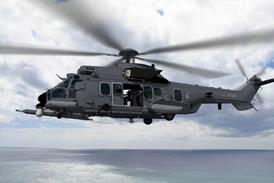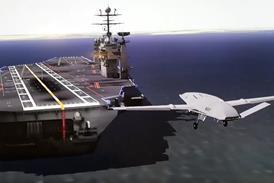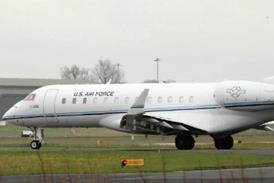Inevitably, parallels will be drawn between Airbus's problems with the A380 and Boeing's current issues with the 787. But where Airbus has struggled to get its ultra-large airline into production, Boeing is wrestling with getting its new widebody into the air.
So far there is no evidence of any design problems with the 787, unlike the wiring harnesses that snarled the A380. What is tripping Boeing up is the combination of an untested manufacturing system with a compressed development schedule.
Under its original plan, Boeing's first 787 should have taken to the air this week to begin an aggressive nine-month flight-test programme leading to certification in May next year, followed soon after by the first delivery to launch customer All Nippon Airways.
But instead of progressing smoothly forwards from its roll-out on 8 July to first flight, the 787 has gone backwards, being partially disassembled to complete "travelled" work - tasks that should have been done by suppliers, but were not completed before the subassemblies had to be shipped to Seattle.
Boeing will complete the work, and the 787 will fly, but the delay will put pressure on a new-aircraft certification schedule already more compressed than any the manufacturer has previously attempted. Boeing acknowledges the possibility that the first flight could slip into October, but remains adamant it can still meet the May 2008 certification deadline.
That could mean a flight-test programme as short as seven months - unheard of in this industry, particularly for an aircraft as complex and innovative as the 787, with its composite fuselage, bleedless engines and more-electric systems.
It may not be as impossible a task as it seems, provided the 787's design is sound and Boeing and its suppliers are progressing on plan with ground testing. Increasingly, flight testing is about the validation of predictions and not the discovery of problems. Digital design, modelling and simulation, subsystem and integration rigs combine to provide greater confidence that the aircraft will perform as planned.
But the longer the first flight is delayed, the greater the chance that Boeing could stumble at one or more of the certification hurdles that require a complete and flyable aircraft. The 787 must go through extensive ground testing before it flies and, once in the air, faces a myriad of trials before it can be declared ready for service. Boeing faces a Herculean task.
The original plan was for the first 787 to fly this week
The 787 has gone backwards, being partially disassembled to complete "travelled" work
For more Boeing 787 production news, please visit our 787 profile page
Source: Flight International























